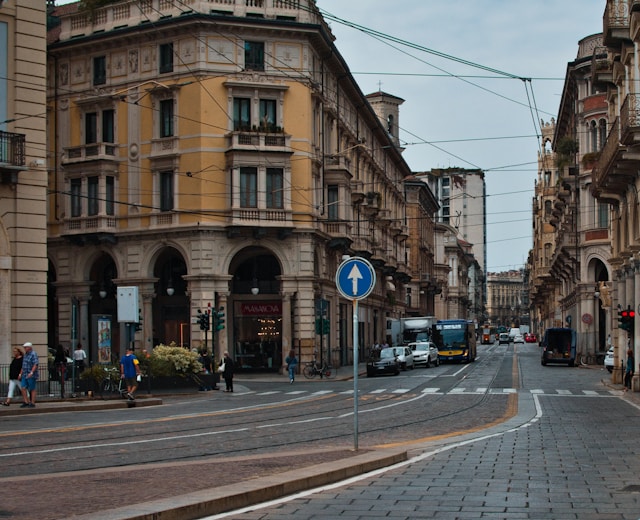

Indice
Are you looking for affordable student housing in Milan, Rome, or another Italian city? We understand, the process of finding a nice place to stay for a relatively good price can be long, challenging, and stressful, but knowing how and where to look makes the experience a lot easier.
This article walks you through the main types of student accommodation, the average costs in different Italian cities, and gives you the practical advice you need to help you avoid common mistakes and scams. Let’s dive in!
The first step in finding a place to stay during your studies is to decide what type of accommodation suits you and your lifestyle. The three most common choices among students are:
The majority of university students decide to rent a room in a shared flat during their studies.
Renting a room also typically involves living with one or more flatmates, which has two major advantages: lower living costs and opportunities for social interaction.
You can usually choose between renting a single room (camera singola) or a double room (camera doppia). If you are looking for the lowest price possible, you can also decide to share a double room with a friend or another student from your university.
Renting an entire apartment (typically a small studio or one-bedroom) on your own is surely more expensive, but gives you also more privacy, independence, and - supposedly - a quieter space to study.
According to Idealista’s 2024 data, the cost for a studio apartment is around €710 in Turin and up to €1,250 in Milan.
Staying with a local family is a perfect option to learn the language and immerse yourself in the Italian culture. Another perk is that you will most likely save money on meals too (and get to try real Italian food!).
On the other hand, like with flatshares, coliving can be challenging sometimes, so be prepared to adapt. Especially living with a family, you may need to follow house rules, such as no overnight guests or shared bathroom schedules.
The cost of accommodation varies depending on the type of housing, the city, and even the neighborhood. Keep in mind: even within the same city, location matters. Living closer to the city center or university campus tends to be more expensive. However, living in suburban areas can impact the cost of transport. Here are the average prices for a single room in the most popular university cities in Italy (prices based on Idealista’s 2024 rental market data).
Italian cities with high student accommodation costs (between €600-€1000/month):
Italian cities with medium student accommodation costs (€350–€550/month):
Italian cities with low student accommodation costs (less than €350/month):
Once you’ve been accepted to your university course and you know your destination city, it is time to start planning your accommodation.
While it’s generally advisable to wait until you're in Italy to sign a long-term lease, it is still a good idea to book a temporary stay for your first 1–2 weeks. This gives you time to visit apartments in person and avoid rushing into a bad deal.
Good platforms for short-term stays include:
Uniplaces is a very good option for both short-term and long-term rentals. This website is especially useful because it provides an accommodation certificate, which some Italian embassies require as part of the student visa application process.
Most universities have a dedicated international office or student services center that can help you find trusted landlords, student residences, or bulletin boards with verified listings.
Facebook groups such as “stanze in affitto Milano” can be very effective for finding last-minute or flexible deals.
Alternatively, you can use verified platforms such as:
Unfortunately, rental scams targeting international students do exist. Here's how to protect yourself:
Always ask for a registered student rental contract (contratto di locazione per studenti universitari), which legally protects your deposit.
If you're unsure about anything, you can reach out to your university or even Italian consumer protection groups like Altroconsumo or Unione Nazionale Consumatori.
The rental market in Italy moves very quickly, especially in the big cities.
Since most Italian universities begin in mid-to-late September or early October, the peak season for students’ room rentals is late July to early September.
We suggest you start checking the listings by mid-July, so you can get an idea of the market, start contacting landlords, and book ahead of the rush.
Searching for accommodation is just one of the many steps to take when moving to Italy as an international student. If you are looking for assistance during this process, Welcome Association Italy can help you.
